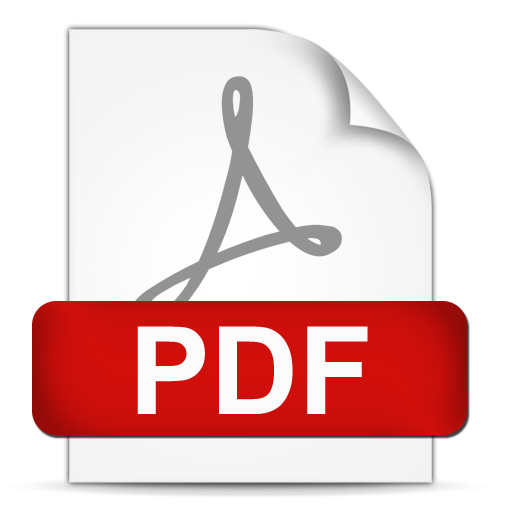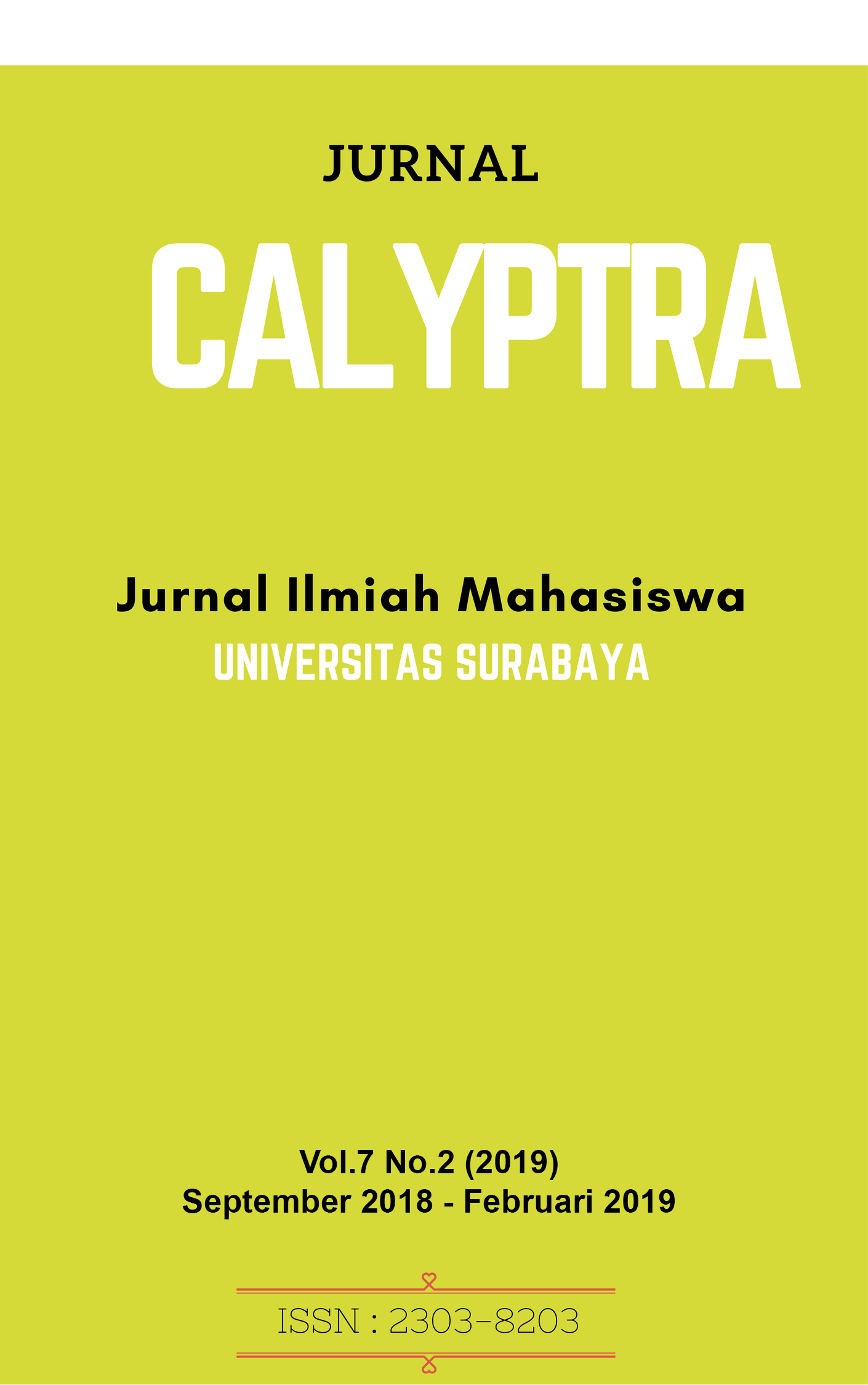HUBUNGAN KARAKTERISTIK FARMAKOKINETIKA DENGAN RESPON TERAPI PADA KASUS KEGAWAT-DARURATAN PASIEN ANAK
 Abstract Views:
1528 times
Abstract Views:
1528 times
 PDF - FULL TEXT Downloads:
3831 times
PDF - FULL TEXT Downloads:
3831 times
Abstract
This study was aimed to find out the correlation between the characteristics of intravenous aminophylline pharmacokinetics with therapeutic response in pediatric patients with severe asthma attack and / stop breathing threat. The research design is retrospectively based on medical record at IGD RSU Haji Surabaya. Of the 36 patients receiving intravenous aminophylline from January 2016-June 2017 we obtained an estimate of pharmacokinetic parameters using population data assumption and PKPD data analysis with monolix® program obtained Vd = 0.286 liter / kg, K = 0.00564 / h, K12 = 2.41 / h , K21 = 0.0697 / h, Emax = 4.7 mg / L, and EC50 = 1.66mg / L. It was concluded that there was a relationship (p = 0,000) between the pharmacokinetics characteristics of aminophylline of intravenous infusion with therapeutic response in pediatric with severe asthma attack.
Downloads
References
Anonim, 2017. Global Strategy For Asthma Management and Prevention, Update 2017. Global Initiative For Asthma, 14
Badan Penelitian dan Pengembangan Kesehatan Kementrian Kesehatan RI, 2013, Riset Kesehatan Dasar, Jakarta, 87
Badan Pengawas Obat dan Makanan Republik Indonesia (BPOM RI). 2017.Informasi Obat Nasional Indonesia (IONI). Jakarta: BPOM RI
Dalabih, Abdallah R et al,2013, Aminophylline infusion for status asthmaticus in the pediatric critical care unit setting is independently associated with increased length of stay and time for symptom improvement, 4
Direktorat Bina Farmasi Komunitas dan Klinik, Ditjen Bina Kefarmasian dan Alat Kesehatan, Departemen Kesehatan RI, 2009, Pedoman Pelayanan Kefarmasian Untuk Pasien Pediatri, Jakarta, 5-8
Direktorat Bina Farmasi Komunitas dan Klinik, Ditjen Bina Kefarmasian dan Alat Kesehatan, Departemen Kesehatan RI, 2007, Pedoman Pharmaceutical Care untuk Penyakit Asma, Jakarta, 4-5
Gilman, A.G., 2007, Goodman & Gilman Dasar Farmakologi Terapi,diterjemahkan oleh Tim Alih Bahasa Sekolah Farmasi ITB, Edisi X, 877, Penerbit Buku Kedokteran, EGC, Jakarta.
IDAI, 2009, Pedoman Pelayanan Medis, 269-272
Jambhekar Sunil S. and Breen Philip J., 2012, Basic Pharmacokinetics, London;Pharmaceutical Press, 359-365
Katzung, B.G., 2012. Basic & Clinical Pharmacology 12th ed., USA: McGraw Hill Companies.
Lacy,C.F, Amstrong, L.L, Goldman, M.P, and Lance, L.L., 2007, Drug Information Handbook: A Comprehensive Resource for all Clinicians and Healthcare Professionals ed.15th, Lexi-Comp for the American Pharmacists Association,United States, 1664-1666
Maranatha, D. (2010). Asma Bronkial dalam Buku Ajar Ilmu Penyakit Paru 2010. (2011). Surabaya : Departemen Ilmu Penyakit Paru FK Unair –RSUD Dr Soetomo.
Ministry of Health Malaysia, Clinical Pharmacokinetics Pharmacy Handbook Pharmacy Practice and Development Division, 2015, Clinical Pharmacokinetics Pharmacy Handbook, Malaysia, Perpustakaan Negara Malaysia, 134-144
Ramaiah Savitri, 2005, Asma Mengetahui Penyebab, Gejala, dan Cara Penanganannya,PT Bhuana Ilmu Populer kelompok Gramedia, 18-25
Rengganis, Iris, 2008, Diagnosis Dan Tatalaksana Asma Bronkial, Majalah Kedokteran Indonesia vol 58 no 11 nov. p.445
Santosa, H, 2007, Asma bronchial dalam Buku Ajar Alergi Imunologi Anak., 22: 253.
Setiabudy Rianto, 2011, Therapeutic Drug Monitoring: Focus on Conditions in Indonesia. 43(3): 208
Shargel, Leon., Susanna Wu-Pong, Andrew B. C. Yu. (2012). Biofarmasetika dan Farmakokinetika Terapan, Edisi V, terjemahan Fasich dan Budi Suprapti, Airlangga University Press, Surabaya
Sweetman, Sean.C. (2009). Martindale ed.36th The Complete Drug Reference.London: The Pharmaceutical Press.
UKK Pulmonologi PP IDAI. Pedoman nasional asma anak. Jakarta: 2005
WHO, 2011 Top 10 Causes of Death,(online), (www.who.int/mediacentre/factsheets/fs310/en/diakses 23-08-2017)
WHO, The International Pharmacopoeia. Sixth Edition, 2016. Quality specifications for pharmaceutical substances and dosage forms together with supporting general methods for analysis
- Articles published in CALYPTRA are licensed under a Creative Commons Attribution-ShareAlike 4.0 International license. You are free to copy, transform, or redistribute articles for any lawful purpose in any medium, provided you give appropriate credit to the original author(s) and the journal, link to the license, indicate if changes were made, and redistribute any derivative work under the same license.
- Copyright on articles is retained by the respective author(s), without restrictions. A non-exclusive license is granted to CALYPTRA to publish the article and identify itself as its original publisher, along with the commercial right to include the article in a hardcopy issue for sale to libraries and individuals.
- By publishing in CALYPTRA, authors grant any third party the right to use their article to the extent provided by the Creative Commons Attribution-ShareAlike 4.0 International license.



